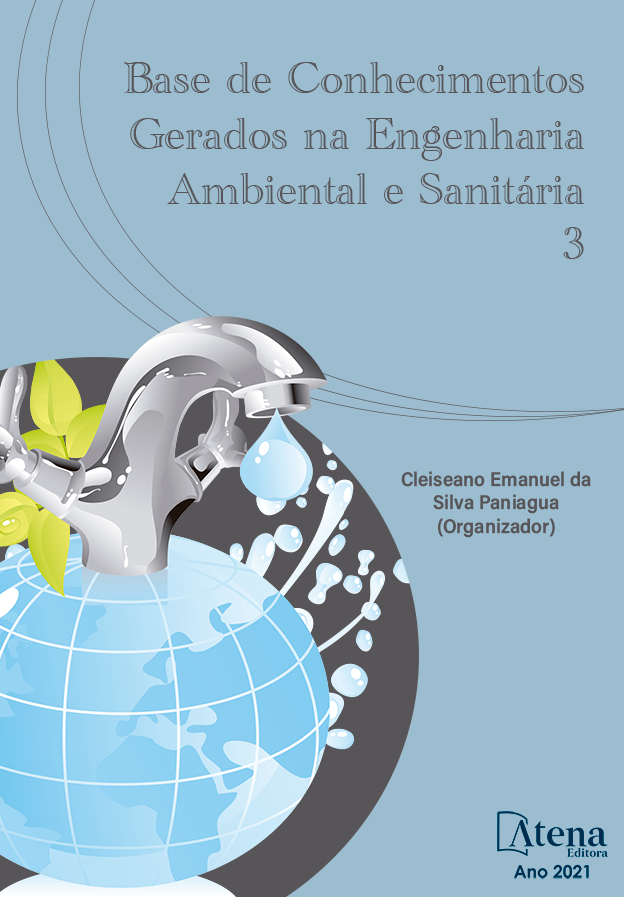
PHOTODEGRADATION OF WATER POLLUTANTS WITH TIO2 CATALYSTS ACTIVATED WITH VISIBLE LIGHT AND UV LIGHT
As reações fotocatalíticas do TiO2 são realizadas em condições ambientais, a fotoatividade é limitada pela largura da banda de fotoativação do catalisador (3,2ev), a rápida taxa de recombinação dos portadores de carga. A energia radiante do espectro de luz ultravioleta é necessária para ativar os fotocatalisadores, enquanto uma alternativa é usar a irradiação da luz solar visível. Neste trabalho, os fotocatalisadores foram obtidos por sol-gel assistido por micro-ondas impurificado com Fe e Ni nas concentrações de 0,1-0,25%. Utilizou-se a fotodegradação de corantes da indústria têxtil: azul ácido 9 e Rodamina B a 20 mg / l (ou 20 ppm). A melhor degradação foi dada para TiO2 (0,10% Fe) (0,25% Ni) sem calcinação em um tempo de 90 min, atingindo até 62% de degradação com luz visível e com lâmpada uv de até 40%. A introdução desses íons: Fe3+ e Ni2+ na rede TiO2 e os níveis de impurezas geradas em sua rede band gap intrínseca resultam no tratamento de efluentes de descargas da indústria têxtil, sob condições de ativação com luz solar.
PHOTODEGRADATION OF WATER POLLUTANTS WITH TIO2 CATALYSTS ACTIVATED WITH VISIBLE LIGHT AND UV LIGHT
-
DOI: 10.22533/at.ed.74521080428
-
Palavras-chave: Fotodegradação, Rodamina B, Band Gap.
-
Keywords: Photodegradation, Rhodamine B, Band Gap.
-
Abstract:
The photocatalytic reactions of TiO2 are carried out under environmental conditions, the photoactivity is limited by the width of the catalyst photoactivation band (3.2eV), the rapid rate of recombination of charge carriers. The radiant energy of the UV light spectrum is necessary to activate the photocatalysts, as an alternative is to use the irradiation of visible sunlight. In this work, photocatalysts were obtained by microwave-assisted sol-gel impurified with Fe and Ni in concentrations 0.1-0.25%. Photodegradation of dyes from the textile industry was used: acid blue 9 and Rhodamine B at 20 mg / L (or 20 ppm). The best degradation was given for TiO2 (0.10% Fe) (0.25% Ni) without calcination in a time of 90 min, reaching up to 62% degradation with Visible Light and with UV Light lamp up to 40%. The introduction of these ions: Fe3+ and Ni2+ in the TiO2 network and the levels of impurity generated in its intrinsic band gap network result in the treatment of wastewater from the discharges of the textile industry, under conditions of activation with sunlight.
-
Número de páginas: 11
- Luisa Verónica Piña Morales
- Ma. Guadalupe Garnica Romo
- Maricela Villicaña Mendez


